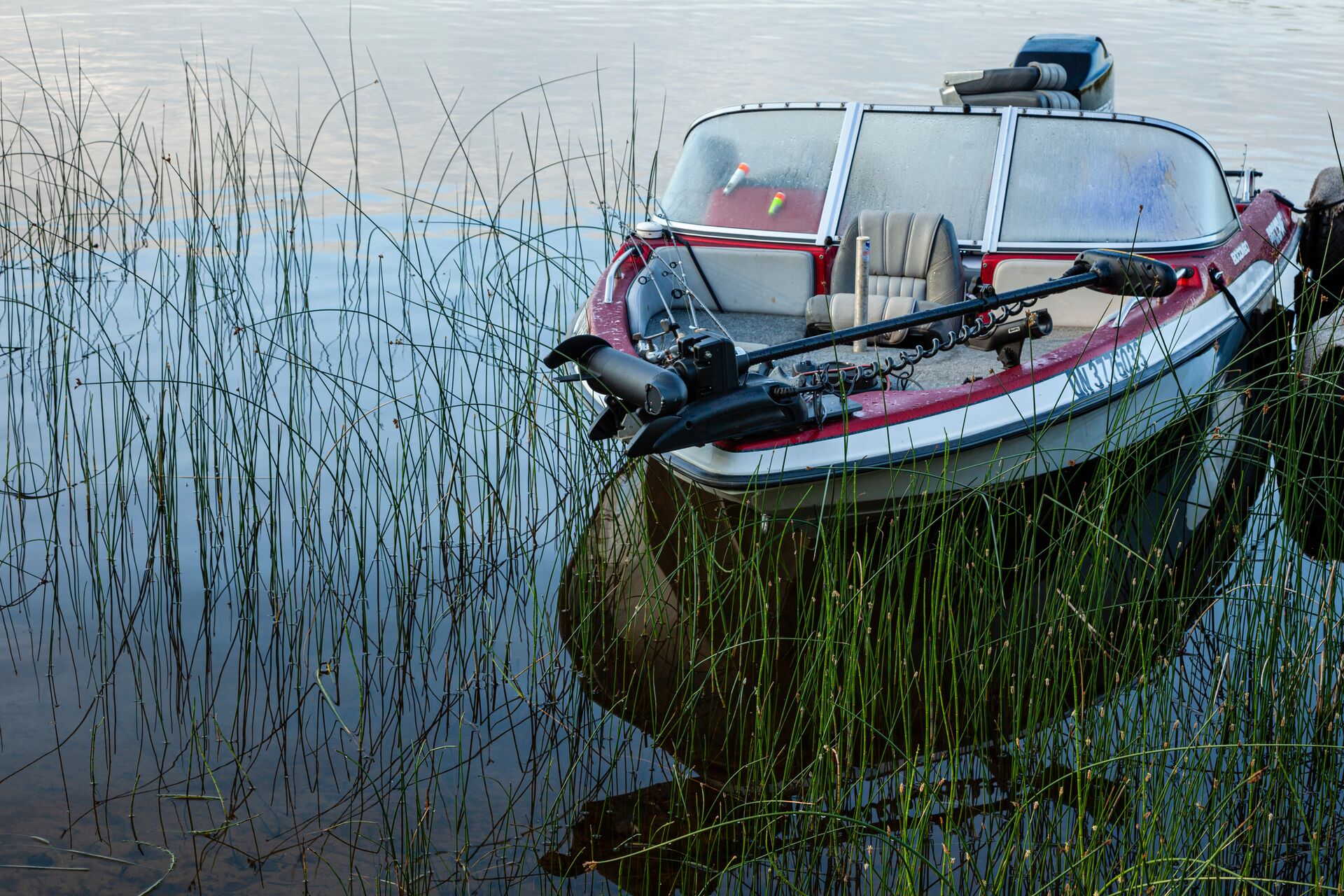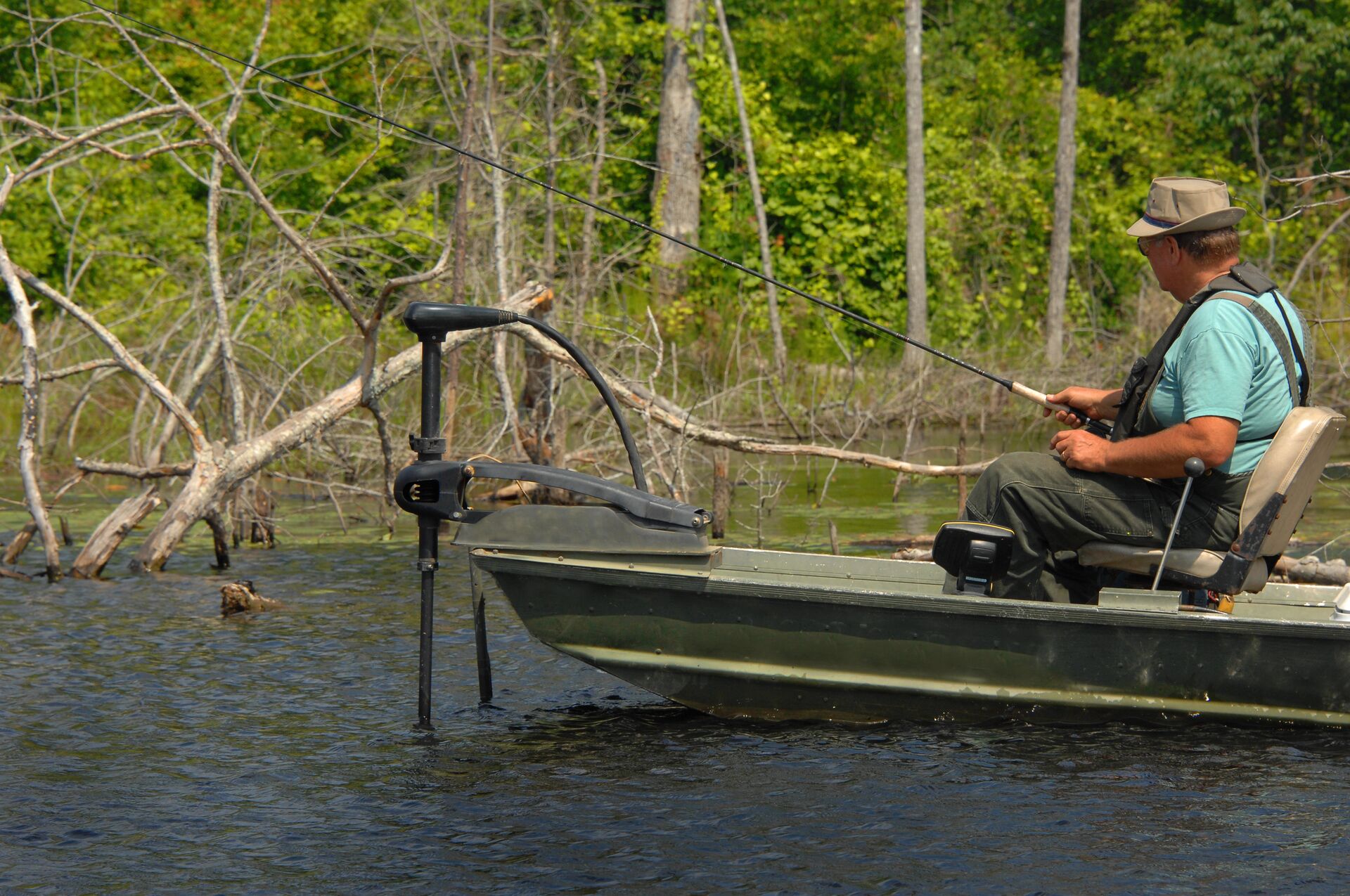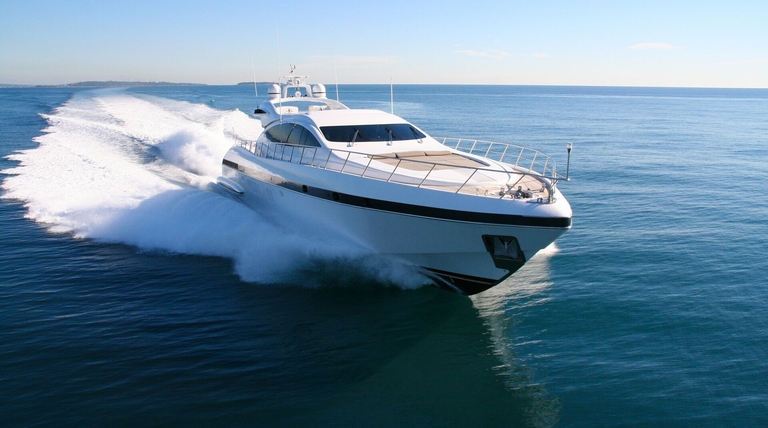A Guide to How a Trolling Motor Works

There are many ways to control and maneuver a boat, but most boats have a motor. Even if you have a sailboat or a smaller boat that you typically propel with paddles, you may want to have a trolling motor. This type of motor is small and self-contained and is generally used to move a boat around at slow speeds.
This kind of motor can be extremely valuable when fishing and navigating a small boat, especially in shallower water or tight spaces. Before you choose one of these motors for your boat, though, you want to understand how they work and what you can do with them so you can make the best choice for your needs.

What Are the Components of a Trolling Motor?
Several parts make up this kind of motor, and they all affect how well it works for your needs and goals. Knowing about the main components and how they work together can help you choose a motor you'll be happy with.
Electric Motor
The first principal component is the electric motor, which plays a significant role in propelling the boat.
There are two different types of electric motors: brushed and brushless. Both have big benefits, and which one you choose will depend on how you plan to use your motor.
Although the brushed version isn't as standard anymore, it can still be a great motor. It's generally easy to work on and offers enough power. However, brushless versions typically require less maintenance, are quieter, and are frequently more powerful.
If you're fishing a lot, brushless can be the better option due to less noise disturbing the fish.
Propeller
Another component is the propeller, which takes the power from the electric motor and converts it into thrust that pushes the boat through the water.
The propeller's design is essential for both efficiency and performance, and you'll want to take the time to choose one that will meet your boating needs.
Shaft
The shaft is also part of the trolling motor, connecting the electric motor to the propeller. It's made of sturdy material and has to be the right length to help you navigate properly and transfer adequate power.
You can get shafts in different lengths and materials depending on your desired motor.
Mounting Bracket
There is also a mounting bracket for the motor, which attaches it to the boat. Depending on your boat, other motors, and desired maneuverability, you can choose from bow, transom, or engine mount options.
Control Mechanism
Most people think of a small motor on the back of the boat with a tiller handle for steering. That's a pretty standard setup, but it doesn't have to be yours if that doesn't work for you.
For increased convenience, there's also the option for a foot pedal or remote control.
Power Source
Typically, these motors operate on batteries. Options include AGM (absorbent glass mat), lithium, and lead-acid types, and choosing one often depends on how much maintenance you want to perform and the level of battery life you're looking for.
You don't want to get caught far away from shore with a motor with no battery life left.

How a Trolling Motor Works
These motors operate simply.
The battery is the power supply, and electrical energy from that battery is supplied to the motor. The motor then takes in that electrical energy and converts it to mechanical energy, which in turn creates what's needed to rotate the propeller.
The propeller's rotation generates thrust by pushing against the water. The force the rotation creates moves the boat, and control mechanisms allow you to steer the ship and adjust its speed.
Staying Safe When Using These Motors
Among the best tips to stay safe while boating is taking good care of your equipment, including any and all motors your boat uses. Conduct routine checks and regular inspections for wear and tear, with particular attention paid to the electric motor and propeller.
Battery Care
Just like the propeller and motor, you need to care for and maintain the health of your battery. That includes proper charging and good storage practices.
If you aren't using your boat for a while, you must be sure you're protecting your battery.
Cleaning and Lubrication
Cleaning the motor regularly can help keep it operating smoothly for years. You also want to apply lubrication to moving parts because it prevents corrosion and ensures your motor's smooth operation when needed.
Taking good care of your motor makes it easier to rely on without worry.

Learn More About Motorized Boating Safety with Boat-Ed
Before you get out on the water and try out your new trolling motor, take the time to learn more about operating a motorized boat.
Taking an online boater safety course through Boat-Ed is one of the best ways to learn everything you need to know to boat safely and legally in your state. This knowledge will give you more peace of mind and help you have safer adventures, no matter what type of motor you ultimately choose for your boat.
Choose the course for your state and start learning!



